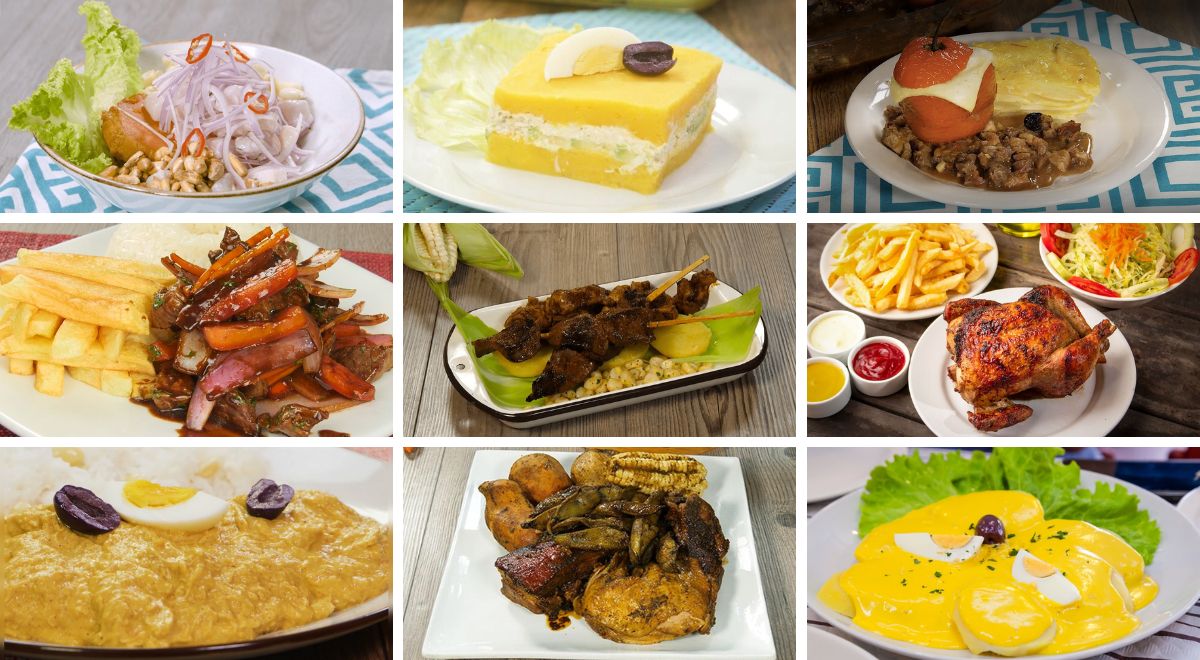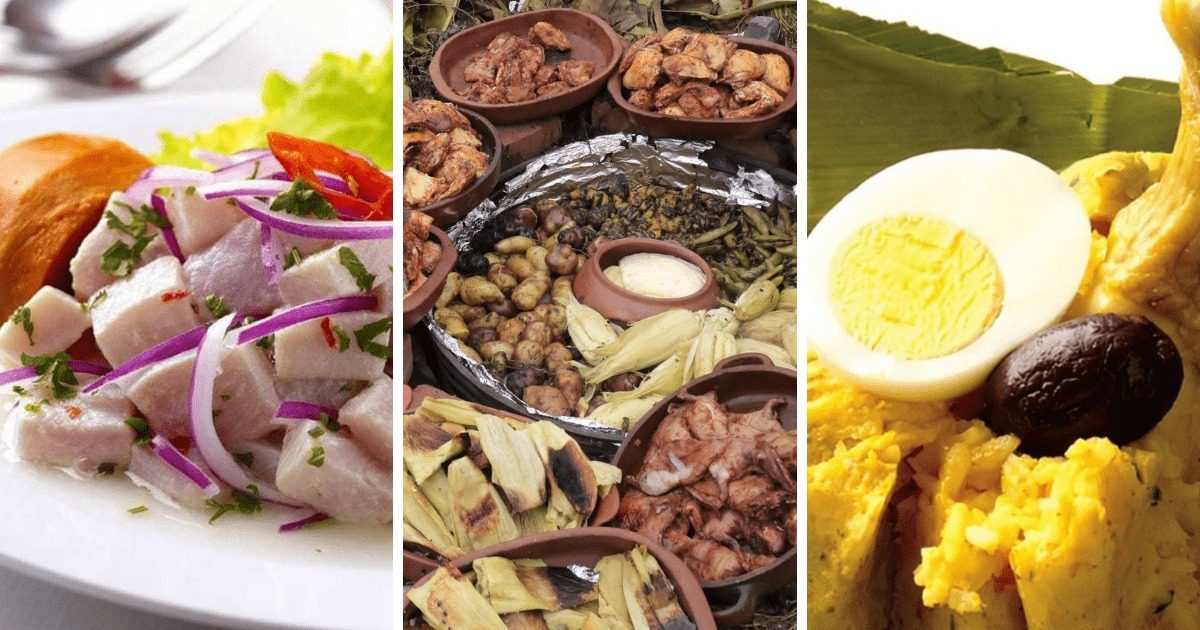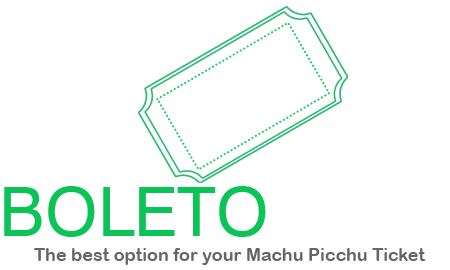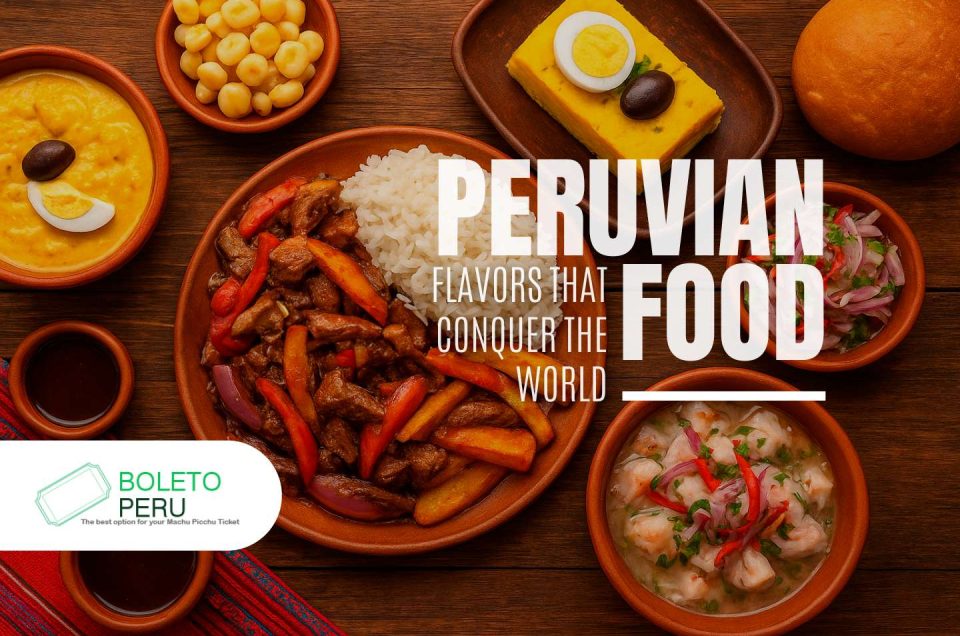Peruvian gastronomy is a reflection of its history, the diversity of its territory, and the fusion of cultures that, over time, have turned its ingredients and techniques into one of the most recognized cuisines in the world. From the marine flavors of Lima, to the traditional dishes of the Andes and Cusco, to the exotic richness of the Amazon, each region of Peru offers a unique identity at the table.
For ancient civilizations, food was a way to honor the land and the climate that made it possible. Today, that tradition is still alive in the markets, in family kitchens, and in Peruvian restaurants that, inside and outside the country, proudly share their recipes. To discover Peruvian food is to travel through Peru through its flavors, an experience that invites you to taste, learn, and enjoy every dish.
Origin and growth of Peruvian food
Peruvian gastronomy is the result of thousands of years of evolution, marked by the diversity of its landscapes and the cultural exchange between different peoples. From ancient times, Peruvians domesticated and cultivated foods like the potato, corn, and chili pepper, products that remain as the basis of the national cuisine. With the passing of the centuries, these native ingredients merged with foreign influences: first with the Andean cultures of the Tahuantinsuyo, then with the arrival of the Spanish, and later, with contributions from Africa, China, Italy, and Japan. This mix of flavors and techniques gave rise to one of the most diverse and recognized culinary traditions in the world.
Today, a trip through the Sacred Valley of the Incas or a walk on the Inca Trail to Machu Picchu allows you to discover not only unique landscapes, but also a great variety of local products and cooks who keep their heritage alive. From Lima, considered the gastronomic capital of Peru, to the Amazon jungle with its richness of ingredients, Peruvian cuisine continues to be a reflection of the cultural fusion that characterizes the country.

History of Peruvian food
Since ancient times, the people of what is now Peru maintained a close relationship with the land, learning to grow, raise, and preserve food even in harsh environments. This connection with nature was the basis of a culinary tradition that evolved throughout major historical periods, getting richer with each cultural exchange.
-
Early times
The oldest records of food in Peru date back more than 8,000 years, according to findings in the Tres Ventanas caves. There, remains of crops were found that are still essential in Peruvian cuisine: potato, ulluco, oca, beans, lima beans, and different varieties of chili pepper. These foods were not only the basis of the ancestral diet but also gave rise to ways of preparing food that made the most of the region’s biodiversity.
-
Breeding of plants and animals
Over the centuries, pre-Inca peoples perfected the domestication of plants and animals. Among their most important crops were tarwi, loche squash, yuca, and achira. As for proteins, the raising of guinea pigs stands out, a tradition in the high Andean areas, which to this day holds a special place in Peruvian cuisine, both in festivities and in daily life.
-
Cooking in the Inca era
In the Inca Empire, food was key to supporting the social organization and growth of the Tahuantinsuyo. Products like potatoes, corn, quinoa, and chili peppers were grown with advanced farming techniques and stored in colcas (food depots) to ensure supply throughout the territory. Thanks to this distribution network, which used royal roads like the Classic Inca Trail—connecting centers like Cusco and Machu Picchu—the empire could support thousands of people in different regions. Also, food had a deep spiritual value: many of these products were offered in rituals to the Pachamama (Mother Earth) and Inti (sun god).
-
Cooking in the colonial era
With the arrival of the Spanish in the 16th century, the local diet changed with the addition of ingredients like wheat, onion, sugarcane, olive oil, and wine. This culinary meeting transformed the Andean table, although it also caused several native foods to be set aside or thought of as “indigenous food”. Even so, the communities kept their traditions alive, passing on recipes and techniques that have stood the test of time. This period set the basis for the cultural mix that would shape today’s Peruvian cuisine.
-
Fusion of flavors
In the 17th century, the arrival of African people enriched the viceregal food even more. With creativity and skill, they were able to use the less valued parts of animals, giving rise to clever dishes that over time became symbols of identity. Many of them remain to this day and are served in restaurants across the country and abroad. So, between the Andean tradition, the Spanish influence, and the contributions of people of African descent, the culinary diversity that makes Peruvian food one of the most recognized in the world began to form.

Regional diversity of Peruvian food
The great richness of Peruvian gastronomy is in its regional diversity, a result of the country’s unique geography. From the Pacific-bathed coast, through the Andes, to the Amazon jungle, each region contributes its own ingredients, techniques, and traditions that reflect its ecosystems and cultures. This variety makes Peru one of the most complete culinary destinations in the world, with flavors that change in a surprising way throughout its territory.
1. Coastal food – The flavor of the sea
The Peruvian coast, with Lima at the forefront, is recognized as one of the great gastronomic centers of the planet. Its cuisine is based on fresh fish and seafood that have given life to iconic dishes like ceviche, considered a symbol of national identity. Here, Creole, African, Asian, and European influences converge, creating a varied and sophisticated fusion cuisine. Among the must-tries are causa limeña, arroz con mariscos, and tiradito. Lima, in addition, is the epicenter of Peruvian haute cuisine, with chefs and restaurants that have positioned the country at the top of the world culinary map.
2. Andean food – Traditional flavors of Cusco
In the Peruvian highlands, especially in Cusco, ancestral recipes passed down from generation to generation are preserved. Andean cuisine is nourished by products like the native potato, purple corn, oca, chuño, and cuy, which are part of traditional dishes like chairo, quinoa soup, huatia, or cuy chactado. Tourist trips like the City Tour de Cusco or the tours of the Sacred Valley of the Incas often include tastings of these preparations, allowing visitors to learn about the connection between local gastronomy and the cultural legacy of the Andes.
3. Amazon Jungle food – Exotic and unique flavors
The Peruvian jungle offers a fresh and vibrant cuisine, with ingredients that come directly from its biodiversity. Among the most representative are cecina (smoked meat), paiche (one of the largest freshwater fish in the world), plantain, yuca, camu camu, and ají charapita. Their cooking methods include the use of bijao leaves, smoking, and fish tamales, which give rise to intense and flavorful dishes. This region not only provides the country with incredible natural diversity, but also a unique culinary tradition that deserves to be discovered.


